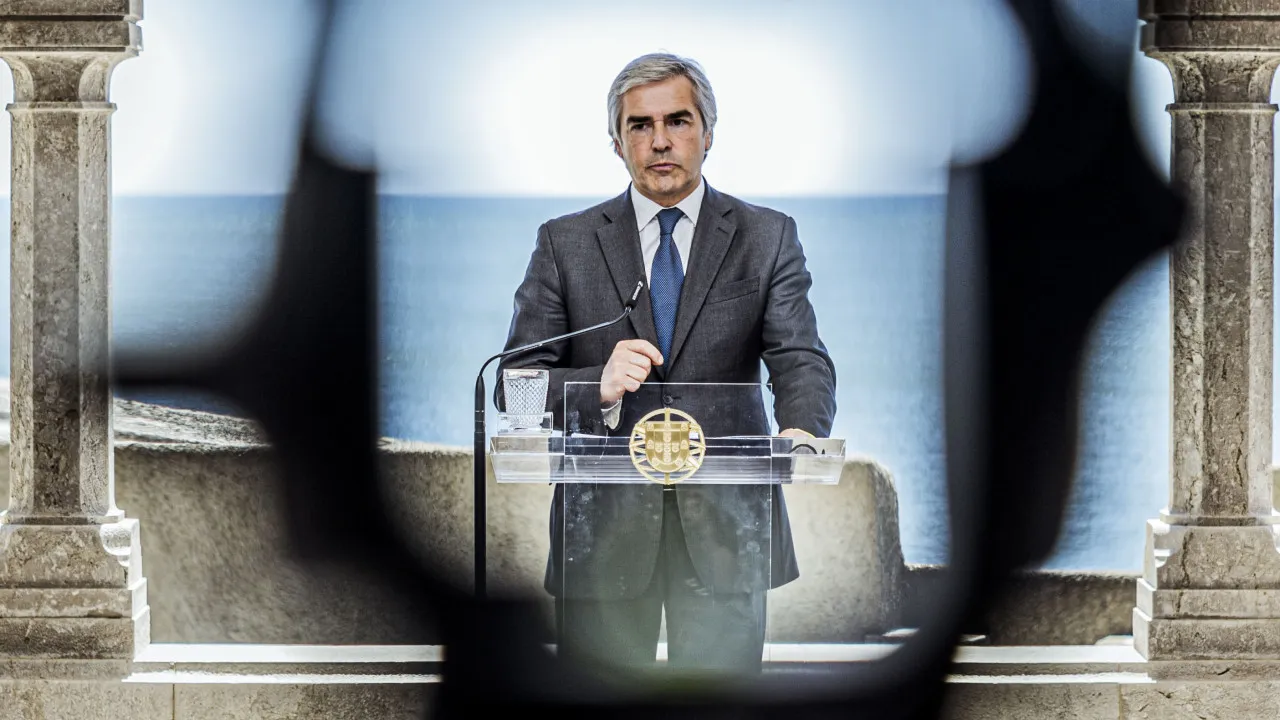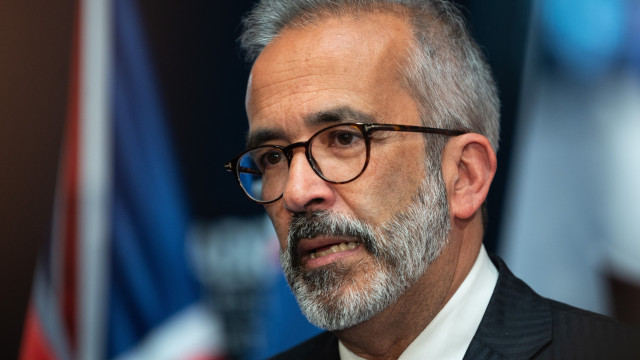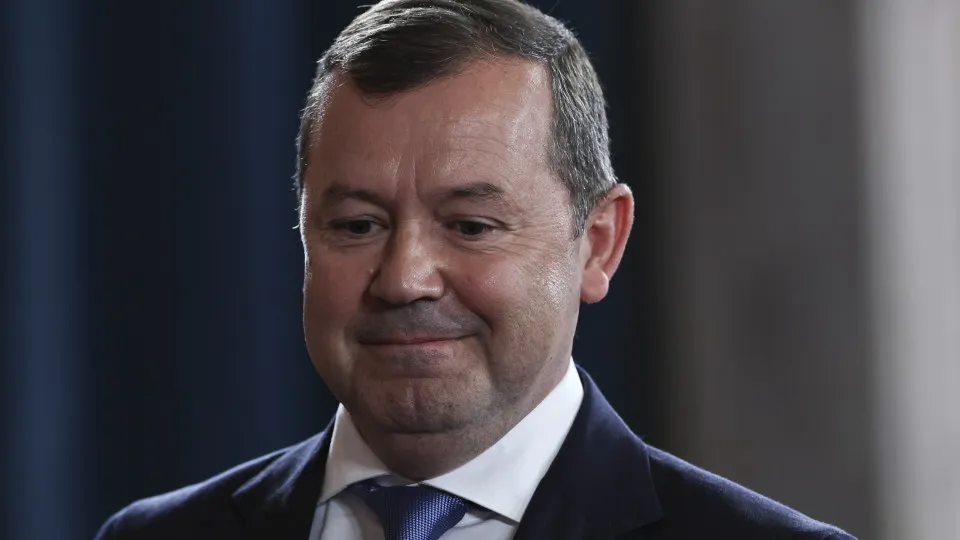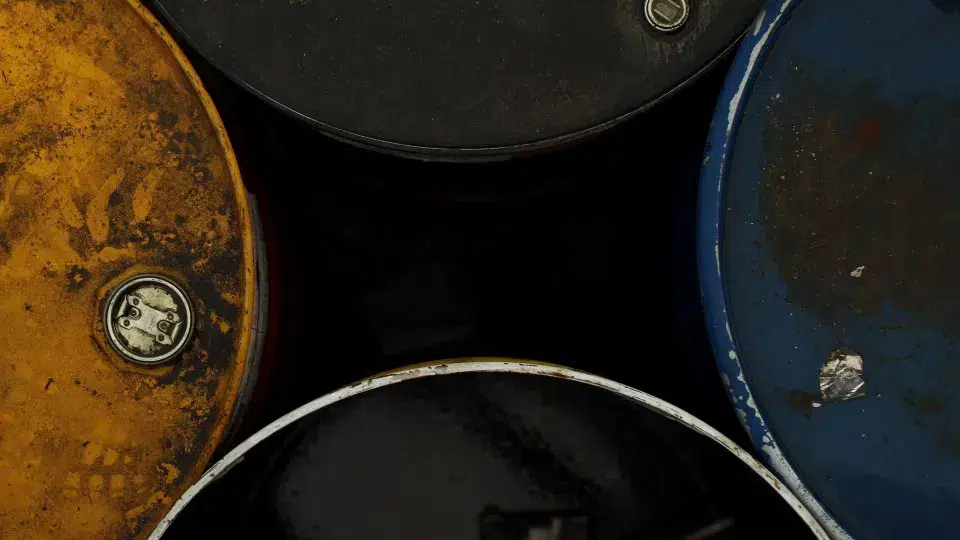
“The problem is not with the helicopter, but with the infrastructure that the state needs to invest in,” stated Nuno Melo to the Lusa agency, following his appearance before the parliamentary Defense committee regarding the aid the Air Force is providing to the National Institute of Medical Emergency in air medical transport.
“If one day there’s a major catastrophe requiring the transportation of a larger number of people, there must be infrastructure in place for bigger helicopters, which can carry more people, to land as close as possible to hospitals. Hence, the state must invest in these infrastructures more than in helicopters,” he emphasized.
The Minister of National Defense specified that of the four helicopters available for the mission, the EH 101 Merlin, the largest capable of transporting multiple patients, can land at six out of the 47 heliports analyzed by the Air Force.
Meanwhile, the AW119 Koala can land at 36, and the UH60 Black Hawk at 15, with eight operational 24 hours, such as at the hospitals of São João (Porto), Faro, Braga, and Garcia de Orta (Almada).
The Air Force also has two additional planes available.
The official stressed that the Air Force does not replace the air methods contracted by INEM for medical emergencies but acts “in complementarity,” recalling that “if a larger-scale catastrophe occurs requiring the transport of more patients than just one or two, only the Air Force has the aerial means to transport 15 people at once.”
The Minister of National Defense spoke on the sidelines of the Armed Forces Social Action Institute day celebrations at its center in Runa, in the municipality of Torres Vedras.
For the Social Support Center (CAS) of the Armed Forces in Runa, the official announced funding of one million euros for works on the building’s roof to prevent further degradation, not only of the roof itself but also of the ceiling paintings.




